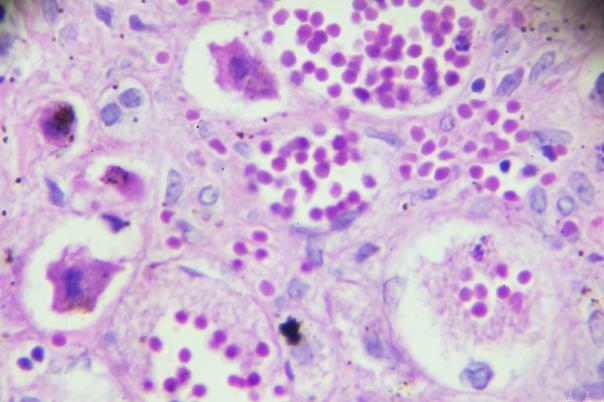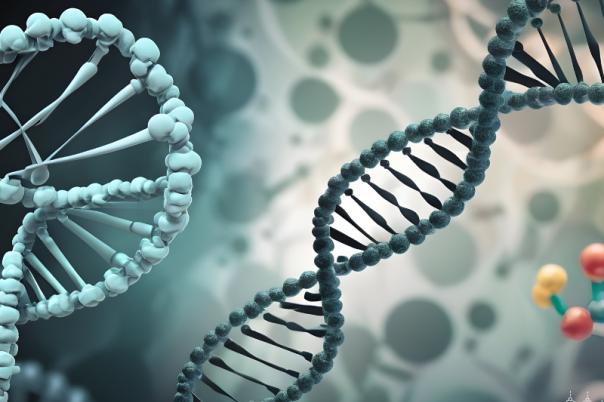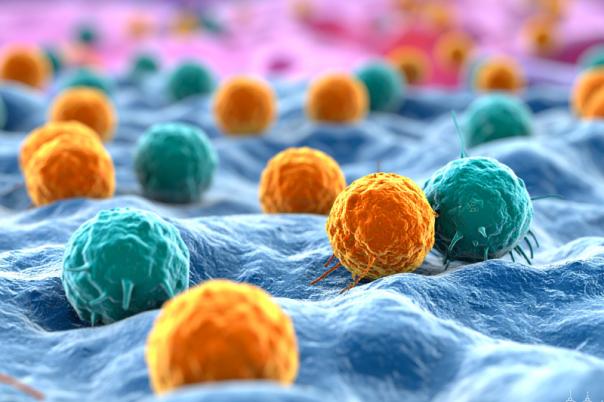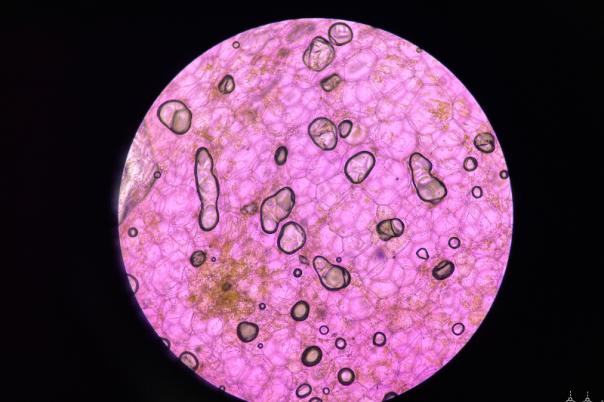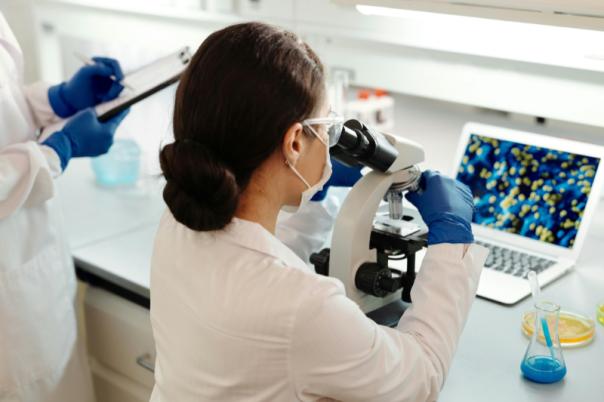Raphael Gottardo’s team investigate biomarkers in the context of immunotherapy. He began his talk by describing how patients that undergo immunotherapy are usually split between a cohort of patients that respond strongly in the long term, and those that do not respond and relapse rapidly. He pointed towards a study that found responders tend to have a higher density of interacting cells like T cell and antigen presenting cells. Therefore, those interactions between cells in the tumour microenvironment can be predictive of patient outcomes.
However, the low-plex nature of that particular study limits the amount of information that can be gleaned about these cells and their interactions in the tumour microenvironment. Higher resolution methods could therefore allow the team to dive deeper into cell types, functions, and interactions. Gottardo’s group are looking into these methods to leverage high dimensional data for ‘data-driven medicine,’ providing insights into immunotherapy responses. This is complemented by a variety of technologies to analyse FFPE tissue samples (Chromium, GeoMx, Visium, Xenium, Comet, and H&E).
This question prompted data science company Owkin to put together the MOSAIC initiative. The programme profiles the tumour microenvironment at depth across thousands of samples. A member of the consortium, Gottardo’s group at Lausanne University Hospital (CHUV), works with other global partners including Gustave Roussy, Erlangen University Hospital, Charité Berlin, and the University of Pittsburgh.
In the initial set up of the programme, the team decided to conduct a pilot study to provide an impartial assessment of which technology to use. The study looked at samples from patients with breast cancer, lung cancer, and diffuse large B cell lymphoma (DLBCL) using Visium, GeoMx, and Chromium tools. The GeoMx platform allows for selective profiling of regions based on specific markers, while Visium provides a more comprehensive view of spatial variation across the entire tissue.
The study found that while all technologies yielded good data quality, there were challenges related to batch effects and variability in data interpretation. The analysis revealed two major clusters in the data, initially attributed to patient effects but later identified as batch effects. After correction, clustering by cell types was successfully achieved. The Visium data showed good alignment across technical replicates, indicating low technical variability, while single-cell RNA-seq data demonstrated robust consistency in cell type identification.

